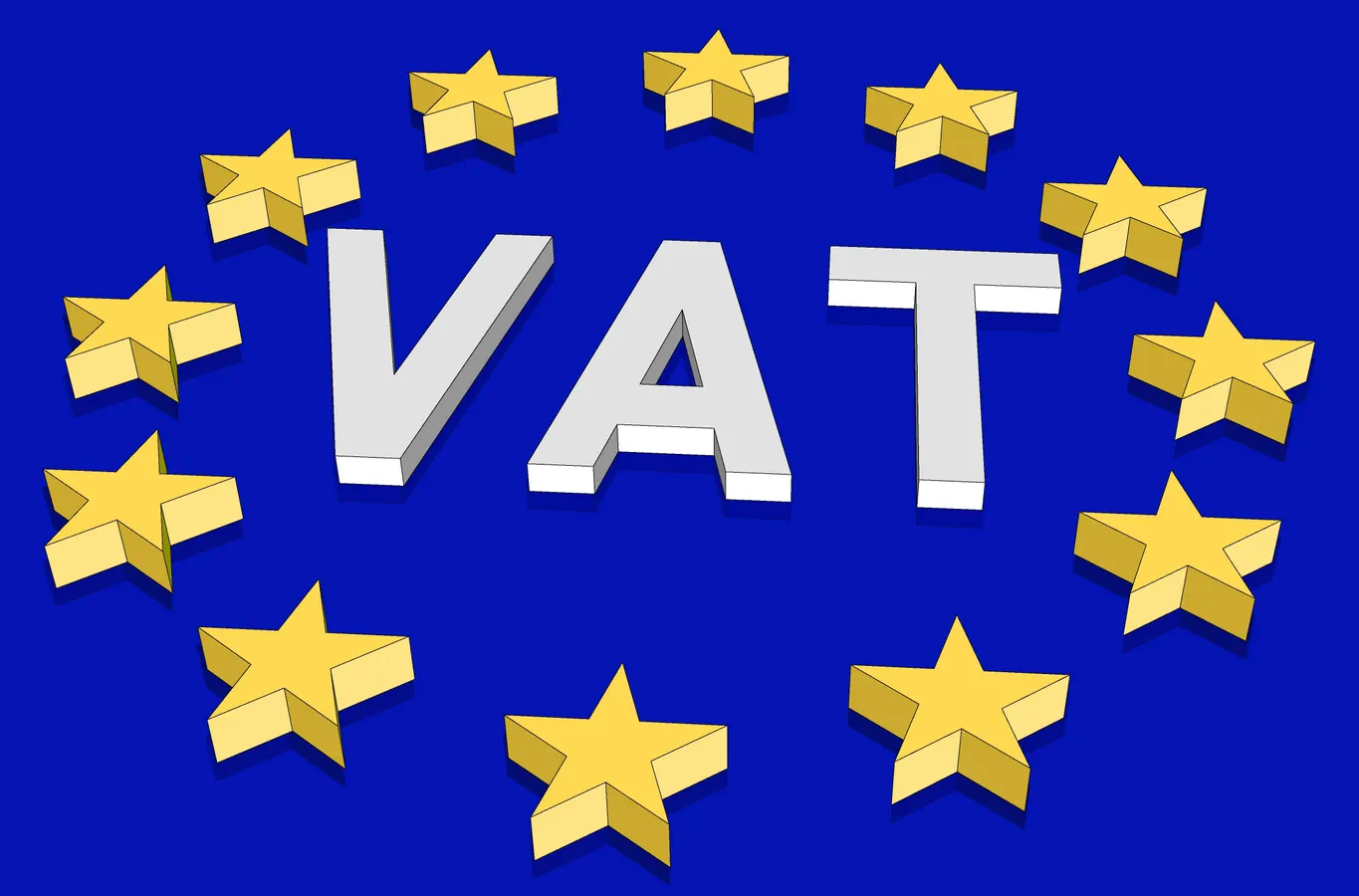By Aleksandra Bal,Contributor
Copyright forbes

Isometric European Union flag with 3d stars in perspective and the value added tax acronym VAT.
Last week, the European Commission released its long-awaited implementation plan for “VAT in the Digital Age” (ViDA), a sweeping package of reforms that will reshape how VAT is managed across the European Union. The key element of ViDA is the shift to real-time digital reporting for intra-EU B2B trade, where electronic invoicing will become the default method.
Although policymakers have been discussing ViDA for almost three years, this new roadmap moves the reforms from concept to execution. It provides businesses with clear timelines, transition steps, and signals of what to expect in the coming decade.
Who Will Be Most Affected by ViDA?
ViDA is being described as the most significant VAT reform in decades, but its impact will vary. Companies that sell goods or services to other businesses across EU borders will face the biggest changes as they will need to adapt to new rules on electronic invoicing and digital reporting. Online platforms in the short-term accommodation and passenger transport sectors will also face major adjustments, since they will be treated as the sellers themselves and made directly responsible for collecting VAT on transactions they facilitate.
For some businesses, the reforms may reduce complexity. Electric vehicle charging operators will be able to manage VAT through a single EU registration instead of navigating multiple national systems. Retailers could also benefit from registration simplifications if they store goods in warehouses across different EU countries.
Not every company will see changes. Non-EU businesses that sell digital services into the EU but have no physical operations in the region will not be affected. For them, ViDA will remain a background policy rather than a daily concern.
MORE FOR YOU
The ViDA Timeline: Key Milestones
On April 14, 2025, the ViDA package officially entered into force. From that date, EU member states are permitted to require e-invoicing for domestic transactions. That doesn’t mean every country will act quickly. Previous attempts in France and Spain show how complex large-scale e-invoicing can be, with delays common.
The rollout of ViDA will stretch over a decade, with different pieces of the reform taking effect in stages. No new ViDA measures are scheduled to take effect next year, but a significant amount of preparatory work will be happening behind the scenes.
The first real changes for businesses will come on January 1, 2027. Electric vehicle charging operators will be able to use the EU’s One-Stop Shop, or OSS, to declare and pay VAT across all their charging stations in Europe with a single registration. That same date brings a small but important clarification for online retailers. EU-based businesses with cross-border sales under €10,000 per year can continue to apply their home VAT rate only if the goods are shipped the country where the seller is located. If goods are shipped from a warehouse abroad, the VAT rate must reflect the customer’s country.
The next milestone comes on July 1, 2028, and it is a significant one. Platforms in accommodation and passenger transport will take on responsibility for VAT collection, unless a member state decides to delay this measure until January 2030. At the same time, the OSS system and the reverse charge mechanism will expand to cover more types of transactions, including cross-border transfers of goods within a company and certain domestic sales. A UK business selling from a warehouse in Germany to German customers, for instance, could handle VAT through the OSS rather than registering separately in Germany.
The most transformative change arrives on July 1, 2030, when electronic invoicing and real-time digital reporting become mandatory for intra-EU cross-border B2B trade. This shift coincides with the launch of Central VIES, a new EU-wide single database that will provide near real-time information on cross-border transactions, making fraud harder to conceal and collaboration between tax authorities much easier. The Commission plans to define the system’s architecture in 2026, begin development in 2027, and start a testing phase in 2029.
The final phase is set to begin on January 1, 2035. By that date, any country that had its own real-time reporting system before 2024 will be required to align it with the EU-wide model. This deadline is expected to bring about full harmonization of VAT real-time reporting across the European Union.
More Guidance Ahead
While the core legislation has been published, some technical details still need to be clarified. The Commission expects to issue at least six implementing regulations covering areas such as data transmission protocols and the operation of the Central VIES database. Explanatory notes will also be published for each part of the package to ensure businesses understand how the rules should work in practice.
The Commission has committed to regular dialogue with the business community throughout the rollout. Companies will have opportunities to raise concerns, suggest improvements, and help shape how the reforms are applied.
Final Thoughts
According to the Commission’s estimates, ViDA could generate as much as €214 billion in net benefits over the next ten years, including about €51 billion in savings for businesses. Whether those figures prove accurate remains uncertain, but they highlight the scale of what is being attempted.
What stands out is that ViDA is not only about technology or compliance. It is also about building stronger cooperation between governments and the private sector. By seeking input along the way, the Commission is signaling that these reforms are meant to be collaborative, not imposed from above. If ViDA works as planned, it could turn out to be one of the most important tax changes the EU has ever made, reshaping how businesses trade across borders and giving governments more effective tools to safeguard revenues.
The opinions expressed in this article are those of the author and do not necessarily reflect the views of any organizations with which the author is affiliated.
Editorial StandardsReprints & Permissions



